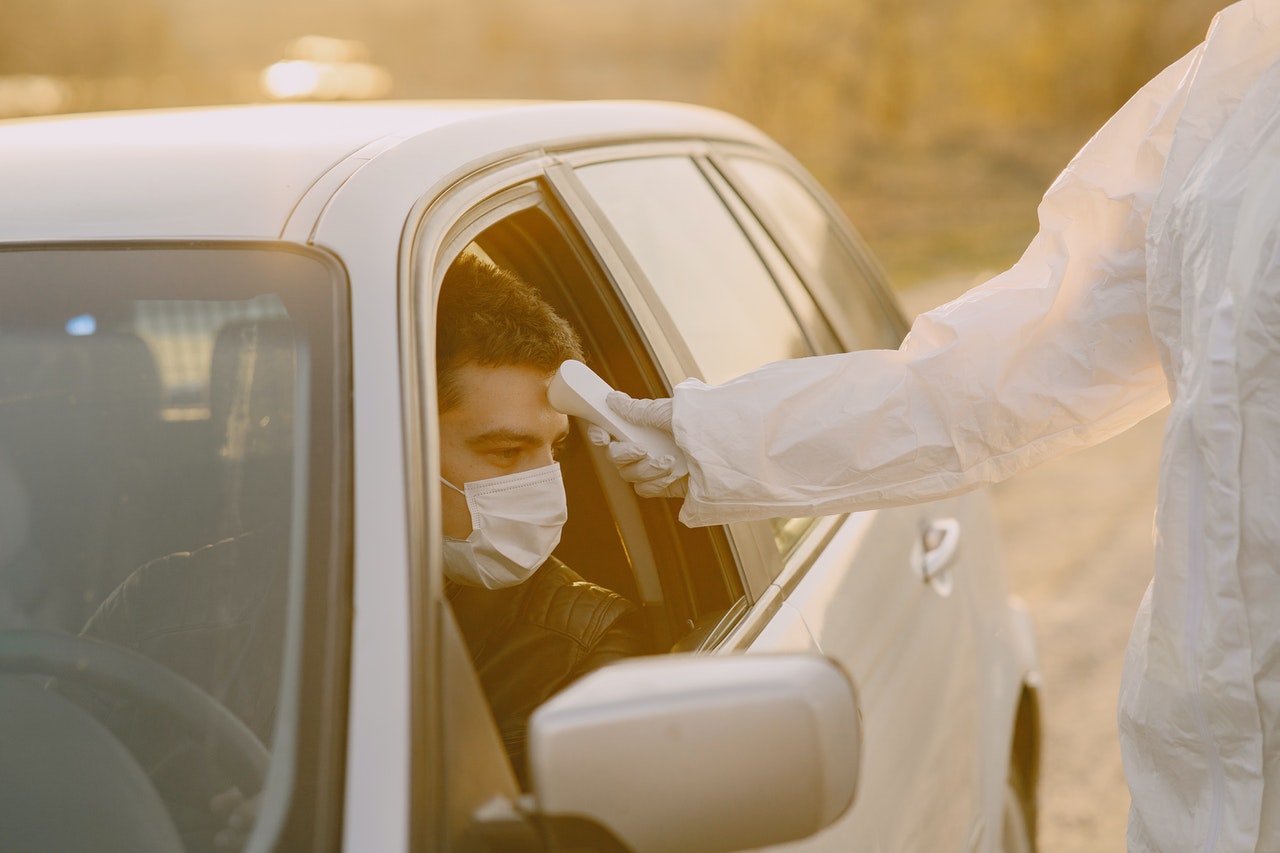After the relaxation of the quarantine regime, humanity strives to return to a normal lifestyle and jobs as soon as possible. Nevertheless, this does not mean that the Covid 19 virus has receded and that you can stop following the precautions that WHO recommends. Each employer is faced with how to ensure the initial screening of possible sick employees and visitors. Thermal scanners are used in airports, large factories, schools, hospitals, station halls, stadiums, banks, supermarkets, train stations, nursing homes, and office centers – wherever there is a large flow of people, and there is a risk of possible infection. Thermal scanners serve as the first line of defense against the proliferation of Covid-19. They allow you to identify people with an elevated body temperature for further assistance and clarification of the state of health. Thermal imagers do not require direct contact with the subject and eliminate the risk of infection for the operator. They have high productivity and allow you to avoid crowds of people.
Brief info about thermal vision technology
Let’s consider the principle of operation of a thermal imager. It is based on the property of all bodies with temperatures above absolute zero to emit heat. The telescopic imager reads the thermal picture of the surfaces of bodies that have fallen into its field of view. On its screen, it forms a three-dimensional image, color or monochrome, of varying degrees of intensity in real-time. This allows you to estimate the temperature of not one object or point but to obtain a full-fledged temperature map with a wide viewing angle and range. Thermal imagers differ in scope, size, mobility, temperature range, and measurement accuracy. These are high-tech products with advanced technology. Most of them work with Android, iOS, Windows systems, which allows you to process and store data. Some models have Wi-Fi. Undoubtedly, all of the above makes working with the devices straightforward, convenient, and intuitive.
Thermal scanners usage in medicine
Thermal imagers have long been used for medical research. They are used to diagnose a wide range of diseases, such as impaired peripheral circulation of the extremities, neck; malfunctions of the thyroid and mammary glands; muscle injury, dysfunction of the stomach, detection of tumors. The research method is gentle, non-invasive, safe, which naturally pleases patients. This method does not require direct contact and eliminates the risk of possible infection. It should be noted that the cost of examinations is lower compared to ultrasound and MRI. Thermal imagers are widely used to assess the condition of patients at primary care points quickly. This significantly saves staff time and allows immediate assistance in life-critical conditions.
Thermal scanners and Covid-19
The pandemic has had a significant impact on everyone’s life and has made several changes in everyday life. Thermal scanners have become part of the daily routine and are very widespread. In this regard, we note that scanners do not cure, are not an accurate tool for making a diagnosis. They require confirmation of the diagnosis by laboratory tests, examination by a doctor, clarification of the anamnesis and lifestyle. Despite this, humanity has not yet come up with any other way to weed out sick people from healthy people quickly and as effectively as thermal scanners. Note that in some people, Covid-19 infection is asymptomatic. They do not have an elevated body temperature; therefore, the thermal imager will not distinguish these people as sick. The asymptomatic course of Covid-19 disease can be less contagious but infect others. Therefore, it is important to confirm the data of the thermal imager in controversial cases with additional research methods. Note that it is optimal to use thermal imagers in specially equipped places, with informed and trained personnel who follow the instructions for this scanner. Patients should be properly prepared to receive correct data. By following the manufacturer’s instructions and following the WHO recommendations, we hope to overcome the Covid-19 pandemic as soon as possible.
Based on the foregoing, it can be concluded that it is advisable to use thermal imagers for medical purposes. They are safe, easy to use, visual, cost-effective, and mobile. Personnel can be trained on tight deadlines and overstepped on tasks. Data can fit into the global research system and bring undeniable benefits in the fight against infections and diseases.
